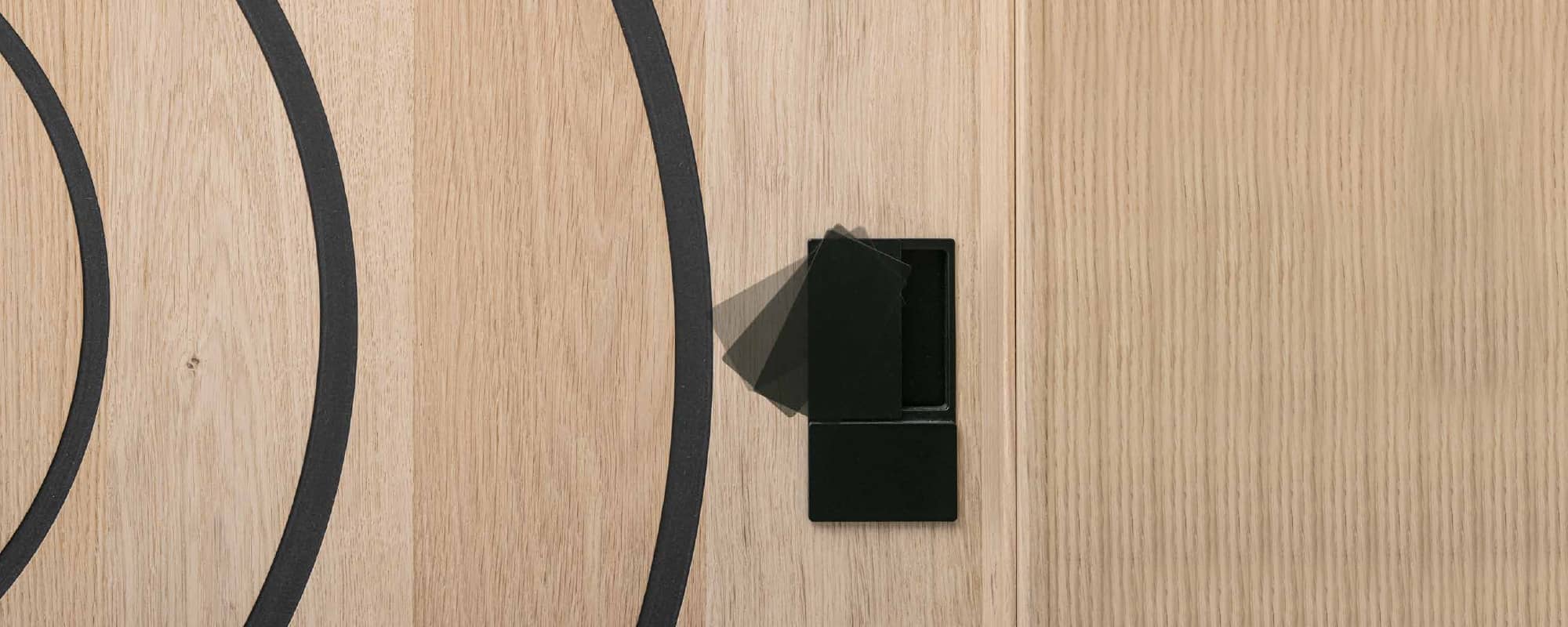Reading time: 2min 35sec – The following blog article is valid in Italy only.
The handle is a furniture element of high aesthetic value, capable of affecting the appearance of the door and the design of the surrounding environment. It takes very little to make the wrong choice, altering the stylistic balance of the house. Find out what factors are important to consider when purchasing interior door handles.
It is important to select handles based on functionality, design, and material. Too often these elements are taken for granted, guiding the choice based on a purely aesthetic or economic factor. Yet these two criteria exclude equally fundamental variables, including frequency of use and intrinsic product quality. Today I want to offer you a short guide that will help you properly evaluate the choice of handles, considering both the aesthetic and functional aspects.

The style
Everything originates without a shadow of a doubt in style. It is necessary to match the handle to the door, find the best combination from a stylistic point of view. A door with a classical spirit adorned with frames and paneling will have to accommodate a handle with soft lines and rich classical details. A modern door, on the other hand, needs restraint and simplicity as well as practicality. There are doors that do not have great requirements in terms of aesthetics and are just looking for a practical handle that blends well with the line of the house. In such cases, you need to carefully consider the type of knob you choose, for example:
- handle with rosette: this is the classic composition of the handle with a single plaque and the keyhole that will also have its own plaque;
- handle with long plate: section incorporating handle and key hole in the same plate. More flashy than the previous idea;
- other combination: designer door with a handle with exuberant features, perhaps super thin or with distinctive shapes. All this is possible only if there is concordance among the various elements.
The handles can be the same or matched to those on the windows. You can also create contrast between handle and door design, but there is always a need for a baseline to follow.

The color
Next, it is necessary to focus on color matching. For an elegant edge on dark-colored doors, lacquered black, graphite gray, and copper pink are recommended, while for a strong contrast a white lacquered handle is recommended. For light-colored doors, the strongest match is accompanied by a black mesh, in contrast, for a more conventional match, polished or satin-finished steel is chosen. The elegance of light colors is enhanced with a matte white lacquered handle or a glossy or satin gold color.
The shapes and materials
The choice of product shape and material should certainly not be underestimated. First, it is necessary to consider the comfort and frequency of use of the handle. If the use will be habitual and persistent it will be convenient to prefer an ergonomic and more classic model. A designer handle, in the long run, may get bored and not be liked as much as in the beginning.

Now that you have some more information, all you have to do is implement the tips and decorate the doors of your home with style and elegance. Let me give you a few pointers to make your search easier: for a classic style, I suggest you take a look at the Toledo, Nottingham and Praga models, available in trendy or classic colors; for a modern door, the Ascot, Belfast, Eravan and many other proposals offer the possibility of choosing the finish and style that best matches the design of the living space.
You can find them by browsing through our catalog dedicated to handles, I’ll leave the link to the catalog at the bottom of the article.
Kind regards,
Mattia Manuello

